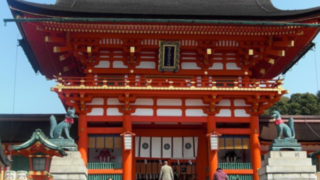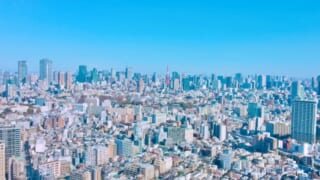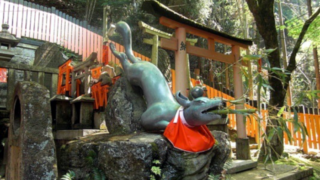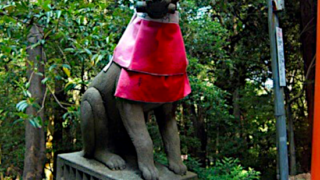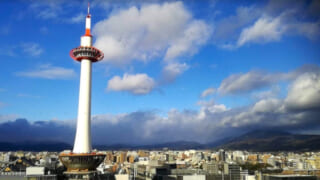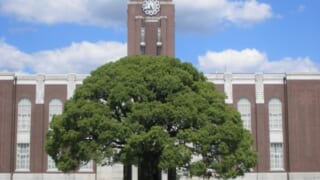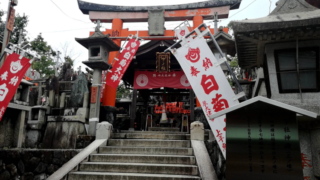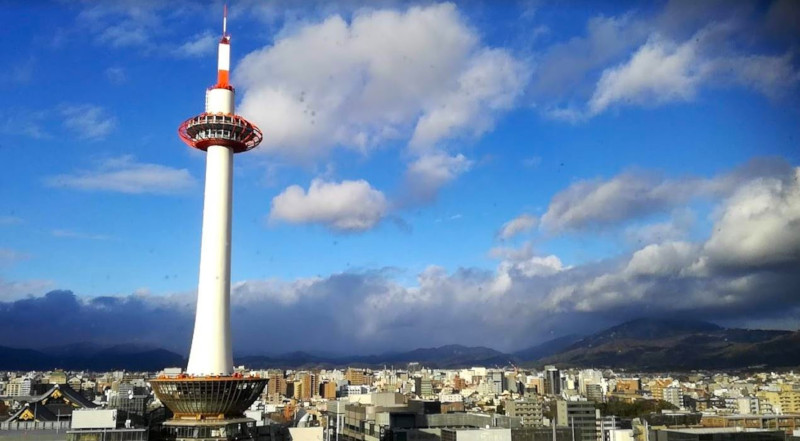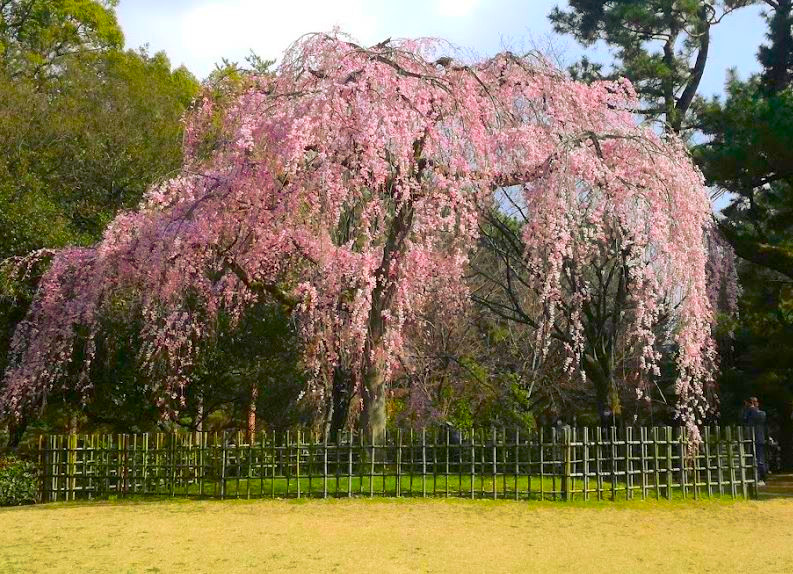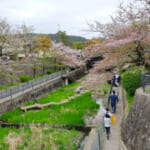This time, we will introduce the characteristics of properties unique to Kyoto.
If you compare properties in Osaka or Kobe with those in Kyoto, you’ll notice something.
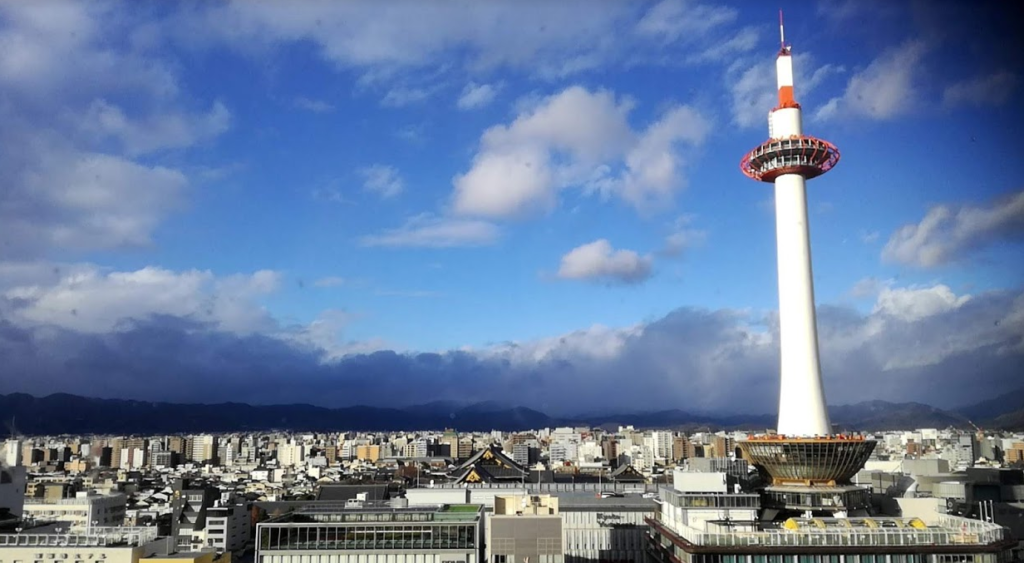
That is, there are no “tower condominiums” in Kyoto.
The photo above shows the view of the northern part of Kyoto City from Kyoto Station. Aside from Kyoto Tower, there are no tall buildings in sight. Why is that?
However, upon reflection, it is a matter of course.
If a high-rise modern building were to stand tall amidst the traditional townscape of Kyoto’s Machiya (traditional wooden townhouses), it would ruin the atmosphere of the ancient capital and disappoint the tourists who visit.
Looking back, many cities in Japan replaced their good old townscapes with modern buildings in an unorganized manner in the name of urban development after the war, and as a result, the traditional Japanese scenery was significantly lost.
In contrast, Kyoto City, while promoting modernization, decided to preserve the uniquely Kyoto-like scenery that Japan is proud of to the world by regulating the height and design of buildings to prevent modern architectural designs from springing up in a disorderly fashion.
Kyoto City’s Landscape Ordinance
Here, we will briefly explain the background and details of the landscape preservation efforts that Kyoto City has promoted.
In 1972 (Showa 47), Kyoto City enacted the “Urban Landscape Ordinance” and designated “Bikan Chiku” (scenic areas) and “Tokubetsu Hozen Shukyo Chiku” (special preservation and landscaping areas).
In 1996 (Heisei 8), the city announced a reinforcement of landscape and height regulations. Subsequently, the “Kyoto City Basic Concept” was formulated in 1999 (Heisei 11).
Then, in 2007, the “New Landscape Policy” was introduced, primarily focusing on stricter building height regulations.
This policy introduced an unprecedentedly strict landscape ordinance, which limited the maximum height of buildings to 31 meters.
31 meters is equivalent to a 10-story building, and it is not possible to construct buildings taller than this. As a result, tower condominiums also fall under this regulation and cannot be built.
Aiming for a Beautiful Townscape
The beauty of urban architecture seen in European cities can be described as the beauty of uniform building heights and styles. In contrast, cities in East Asia, such as Japan and China, are characterized by a chaotic mix of various architectures that are jumbled together.
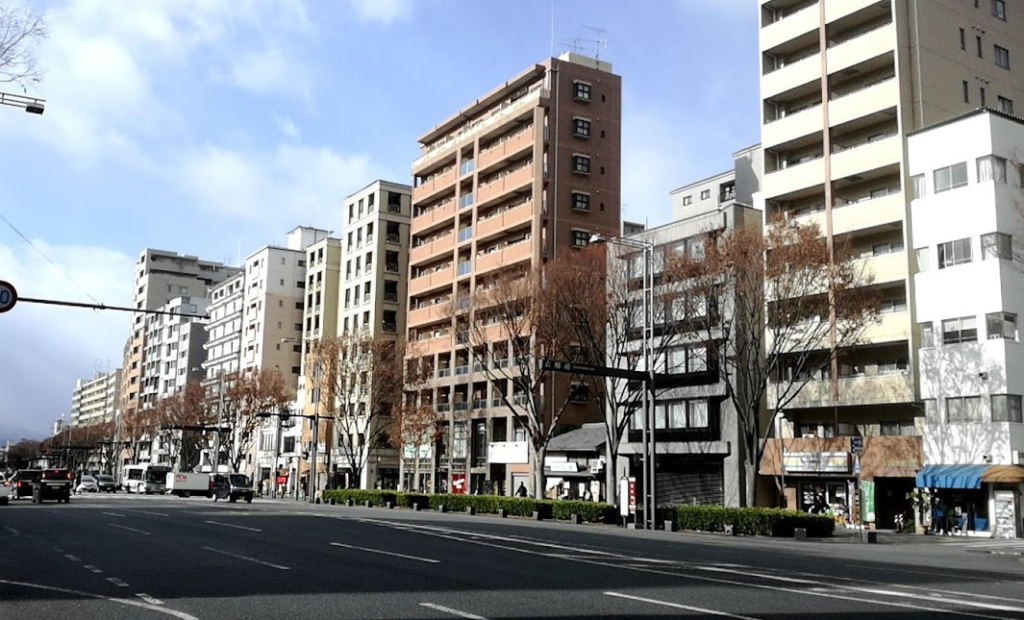
Kyoto City has the largest number of traditional Japanese buildings remaining, and it has put forward a plan to unify the urban landscape with these old buildings as the main focus. This is a concept similar to urban landscape preservation in Europe.
Based on this concept, it is naturally not possible to build modern tower condominiums.
The photo above shows condominiums along Oike-dori Street. The buildings are neatly lined up with uniform heights. Oike-dori is one of Kyoto City’s most beautiful streets and a great example of the city’s commitment to aesthetic beauty.
However, this regulation also has challenges; due to the height limit, the number of units per building decreases, so the price per unit becomes higher compared to condominiums before the regulations. The condominiums on Oike-dori, mentioned above, are highly popular due to the beauty of their townscape and are traded at considerably high prices.
Regulations on Architectural Design
As another initiative to preserve Kyoto’s landscape, regulations have been established regarding the design of condominiums.
The installation of canopies (Hisashi) on the first floor facing the street and the setback of the exterior walls on the third floor or higher exceeding 20 meters are now mandatory. The roofs are also required to be sloped, such as a gable roof (Kirizuma Yane) and not a flat one, to blend in with the surrounding Machiya (traditional townhouses).
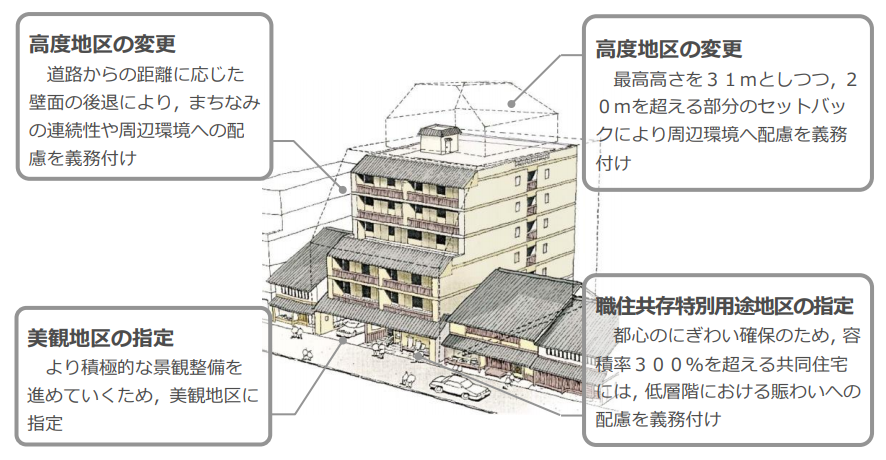
Furthermore, this ordinance also prohibited outdoor advertisements. The billboards and neon signs that were previously displayed on rooftops and along the streets were removed.
Signs for convenience stores and fast food restaurants are also restricted in height and replaced with more subdued colors, such as brown, to avoid spoiling the landscape.
The photo below shows a convenience store sign unique to Kyoto. Behind a traditional Japanese gate, there is a 7-Eleven store.
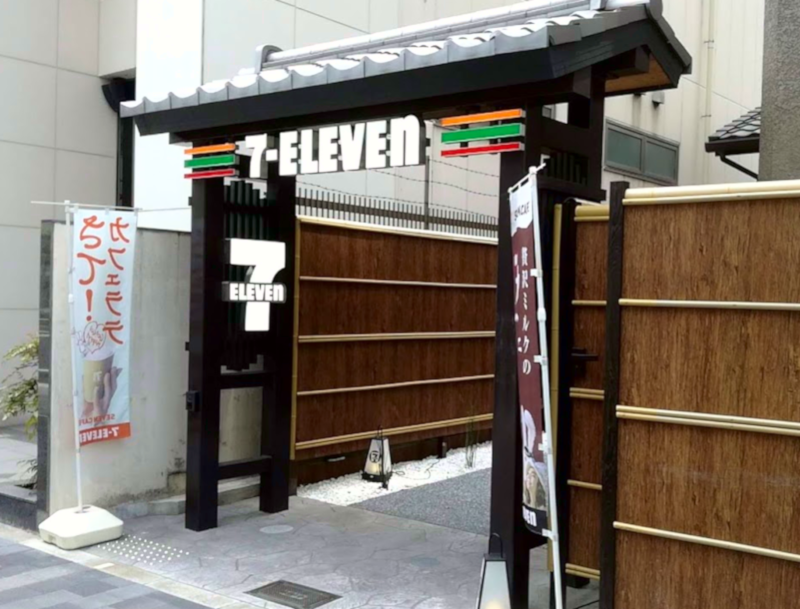
Also, the photo below shows a FamilyMart store. It may be a little difficult to see in the photo, but the design has a lower saturation than usual.
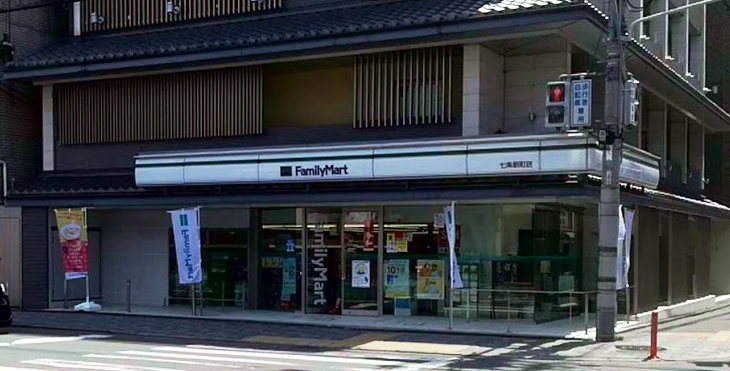
In the past, when you walked down Shijo-dori, you could see what tenants were in each building at a glance because there were signs on all the buildings. Now that the signs are gone, it’s harder to tell what tenants are in which building.
Regulation of Buildings that Obstruct the View
Also, to preserve Kyoto’s scenic views and “borrowed scenery” (Shakkei), which are properties that have been protected and passed down for a long time, the “Scenic View Creation Ordinance” was enacted ahead of other cities in Japan.
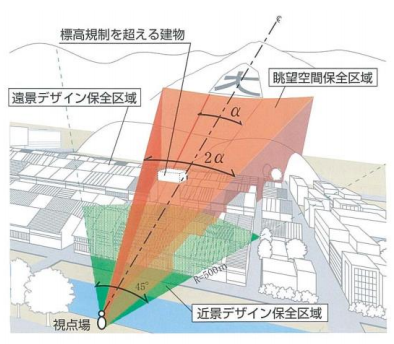
The locations from which Kyoto’s excellent views can be seen are defined as “Shitenba” (viewpoints), and buildings that obstruct the view from these viewpoints are subject to regulations on their height, color, and design.
The views to be preserved include 38 locations, such as temples and shrines that are World Heritage Sites, the mountains of the Gozan no Okuribi (Daimonji) bonfire festival, and the views of Higashiyama and Kitayama from the Kamo River. Thanks to this, the views of Mount Daimonji and others can maintain their excellent atmosphere.
Conclusion
Kyoto is a city that has long valued its worth and landscape as a city visited by many people, and it can be said that its awareness of protecting the landscape was higher than in other cities.
For this reason, discussions were repeated every time a new high-rise building was to be built. Even Kyoto Station Building and Hotel Okura (Kyoto Hotel), which are now symbols of Kyoto, were subject to these discussions. The landscape ordinance is precisely the manifestation of this desire for preservation.
Thanks to the strict building regulations under this ordinance and the efforts of the citizens who have upheld them, Kyoto has been able to maintain one of the world’s most beautiful landscapes, where modern and traditional architecture are in harmony, while promoting modernization.
What we can see today is a rare Japanese landscape that has been protected in this way, and it is necessary to continue preservation activities to maintain this beautiful scenery.
Please visit Kyoto and witness this different kind of harmonious beauty for yourself.
On this website, we visualize rental property data as graphs. Please refer to the links below for details on past data.
